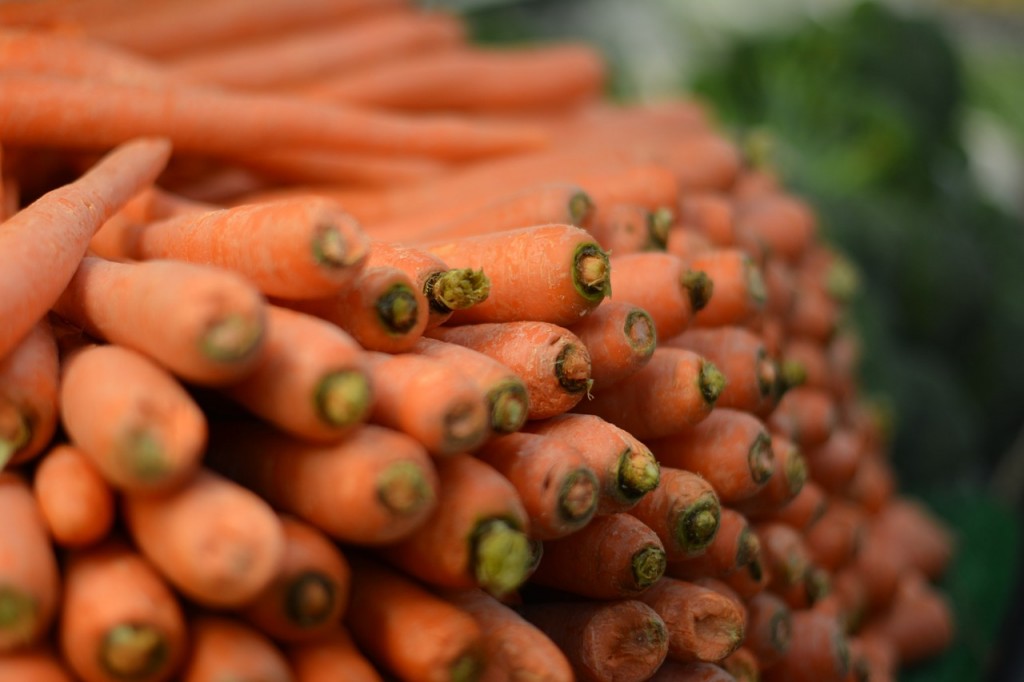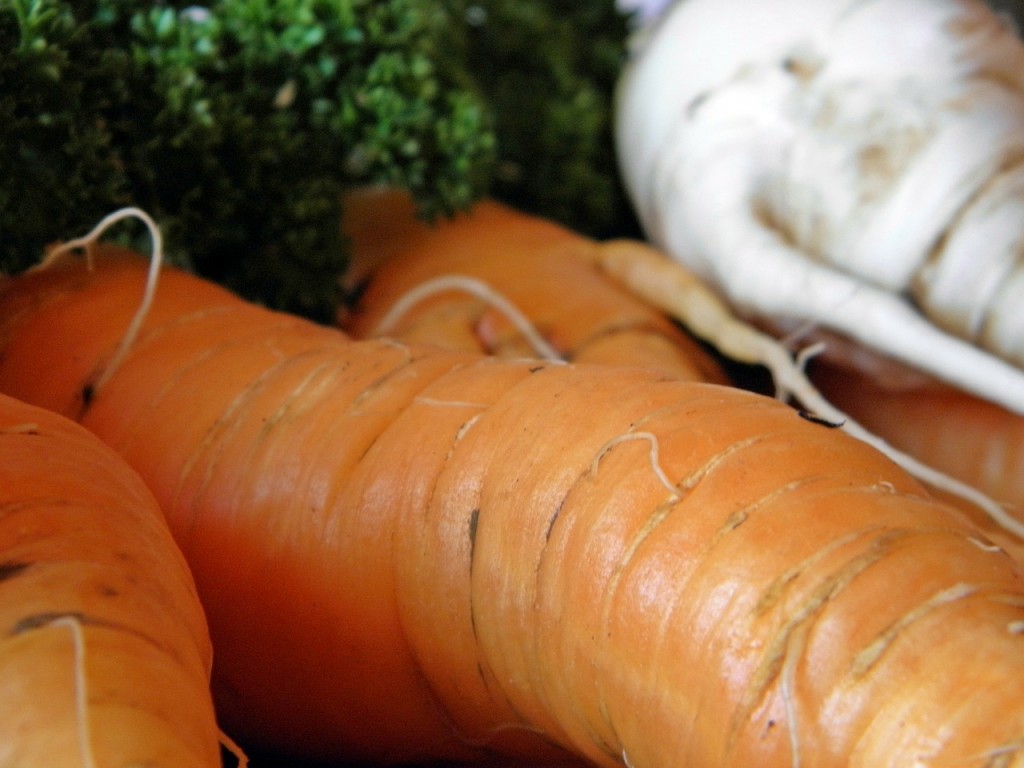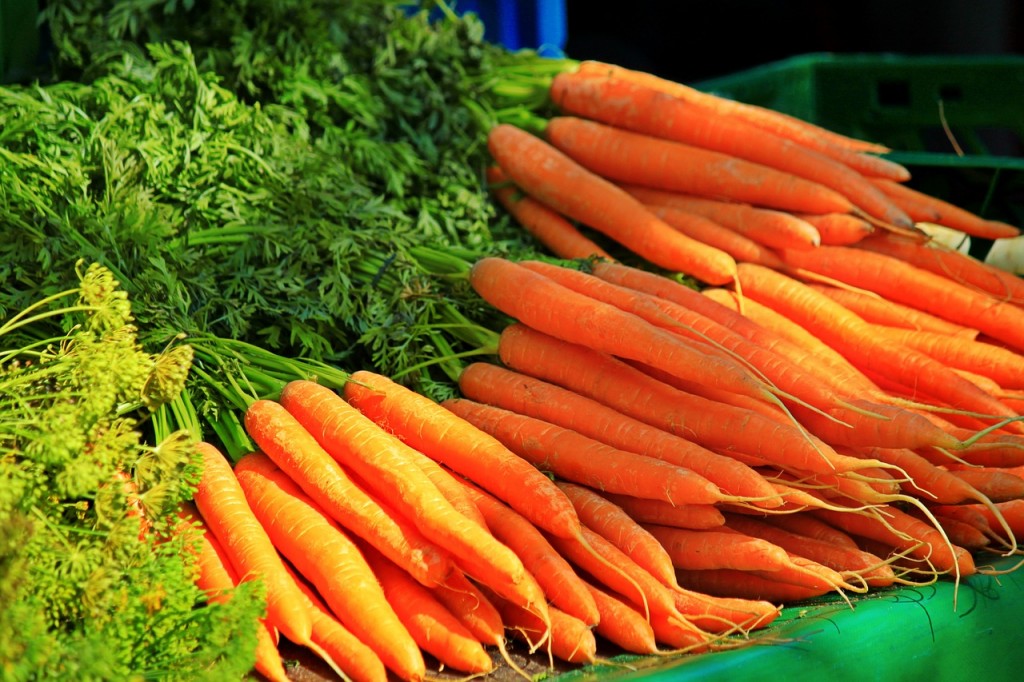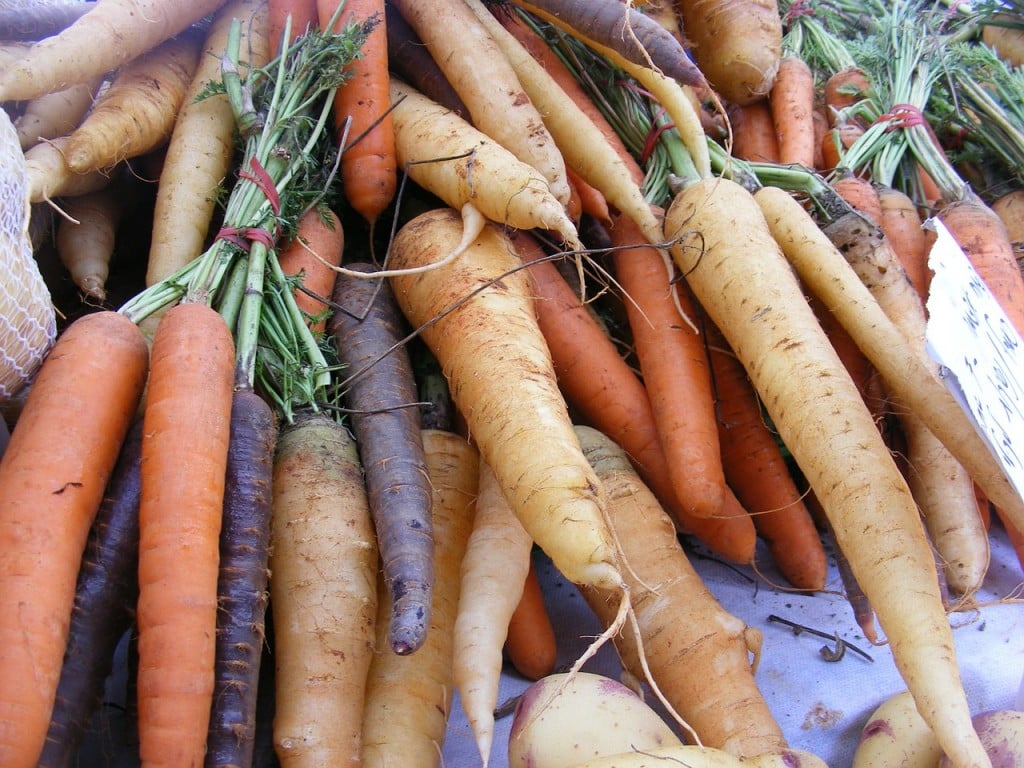
The humble carrot is such an important staple crop for many of us and with a little care and by selecting the right varieties it is possible to have fresh roots from the garden for much of the year.
Carrots can be the easiest or the hardest of crops to grow; if conditions are right and you take precautions against pests they will thrive and reward you with a bumper harvest of sweet, tender roots.
Preparation
Carrots prefer a sunny, sheltered spot in fertile, but not freshly manured, soil (manure makes the roots fork).
Remove large stones if this is practical but if your soil is very stony see our advice below.
About seven to 10 days before sowing scatter 28-56g (1-2oz) of a general fertiliser such as Growmore or pelleted chicken manure over the bed and rake in.
Propagation
If you garden in a mild part of the country or a very sheltered spot you can attempt a February sowing, but for best results sow from March onwards; if the weather is too wet and cold poor germination is likely.
Early sowings should be covered with a cloche.
Carrots are one of the few vegetables that can‘t be sown in trays prior to planting out in the open plot since this tends to give rise to forking and misshapen roots, although round-rooted types can be sown three or four to a cell in a cell tray and grown on as one plant after planting out – a good idea if growing on a grid system.

Generally however, carrots must be sown direct into the soil or onto the compost in large tubs from which they are to be harvested.
Sow 6mm (1/4in) deep in rows 15cm (6in) apart. Sow thinly to prevent the need for too much thinning later as this tends to attract carrot fly to the crop.
If you find this difficult mix the seeds with a similar quantity of dry silver sand and mix well prior to sowing. Or why not give seed tapes a try?
These consist of a sandwich of biodegradable paper with pre-spaced carrot seeds in between. Simply roll the tape out along your drill and cover – job done!
Sowing in stony ground
On very stony soil consider growing a stump or round-rooted variety or using a bar to make conical hole in the soil at 7.5cm (3in) intervals (simply push or hammer the bar into the ground to a depth of 15cm (6in) and move the top around in a circular motion).
The hole can then be filled with a 50:50 mix of sand and fine soil and topped with an inch of sowing compost onto which two seeds are sown and covered.
They can be thinned to leave the strongest seedling should both germinate as soon as they are large enough to handle.
Late sowing
June is about the latest time to sow carrots, July sowings can be made, but are often not very successful due to hot and dry conditions which can lead to poor germination and bolting.
Growing on
Maintain even watering both to keep the plants growing steadily and to prevent the roots from splitting should they receive a sudden influx of water.
Hoe or hand weed regularly to prevent competition and keep watch for pests. At the same time ‘earth up‘ the plants just enough to ensure that the shoulders of the roots are covered to prevent them from turning green and bitter.
Thin as necessary, watering the rows thoroughly beforehand to make easing the unwanted seedlings out of the soil easier without disturbing their neighbours.
Thin in the evening if possible and remove the thinnings from the area immediately to avoid attracting the dreaded ‘carrot fly‘.
Harvesting and storing

Carrots can be harvested in stages, lifting the largest in the row and allowing the rest to grow on. Young finger roots are delicious, too, so plants can be harvested at all stages.
As when thinning, water the row in evening prior to harvesting to Varieties make removing them from the soil without disturbing smaller roots altogether easier.
Most maincrop varieties will store well in the ground until needed, however on wet or heavy soil or where slugs or carrot fly are a problem, it is often advisable to lift the roots for the winter.
They can be stored for many months in boxes or trays of sand or peat, kept in paper or hessian sacks or alternatively kept in a well insulated clamp in a sheltered spot in the garden.
Carrot fly
If sowing on the open plot you will have to take precautions against carrot fly almost from day one.
This involves either covering the crop as soon as the seedlings emerge with crop protection netting or erecting a low barrier around the rows.
Alternatively sow a carrot fly resistant variety (see varieties). Delaying sowings until May/June can help by avoiding the main period of pest activity.
Varieties
There are dozens of varieties old and new to be found in the catalogues. This is just a small sample of the best.

Early
- ‘Amsterdam Forcing‘: Among the earliest of varieties. Can be sown in January for an April harvest in a polytunnel in very favoured areas of the country.
- ‘Early Nantes‘: The classic early variety. Heavy yielding and reliable. Sow from March onwards. Early maincrop
- ‘Chantenay‘: Old favourite. Fast-growing with a good colour and flavour. Stores well in the ground or in boxes.
- ‘Purple Haze F1‘: Purple roots with an orange core add colour when diced in salads. Can also be purchased as part of a mixture of coloured roots such as ‘Harlequin F1‘.
Maincrop
- ‘Berlicum‘: Stump-rooted type (to 20cm/8in) with excellent colour.
- ‘Bangor F1‘: Roots up to 30cm (12in) long. Resistant to cracking and greening. Stores well. Carrot fly resistant varieties
- ‘Resistafly F1‘: A Nantes-type with a sweet flavour. Good as finger roots.
Sowing in containers
Carrots do grow very well in containers and indeed exhibitors often grow in large drums to ensure the longest, straightest roots, but you can use pots or patio tubs to provide a quick crop of young roots, too.



